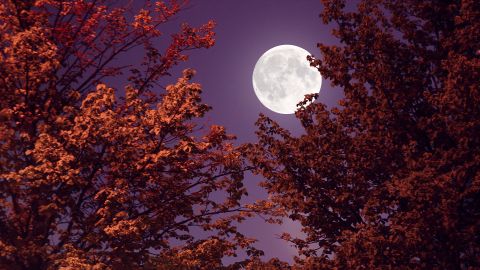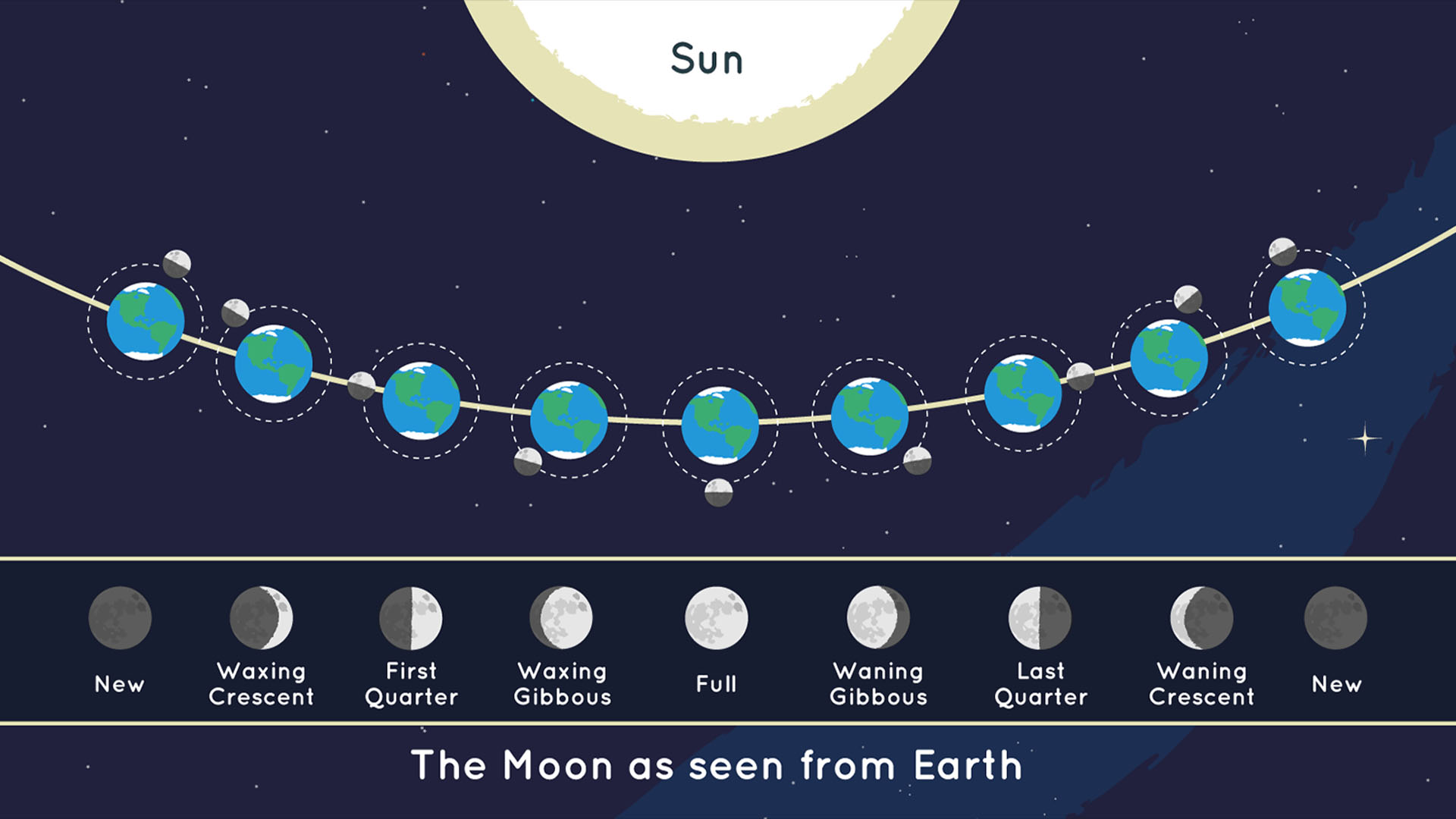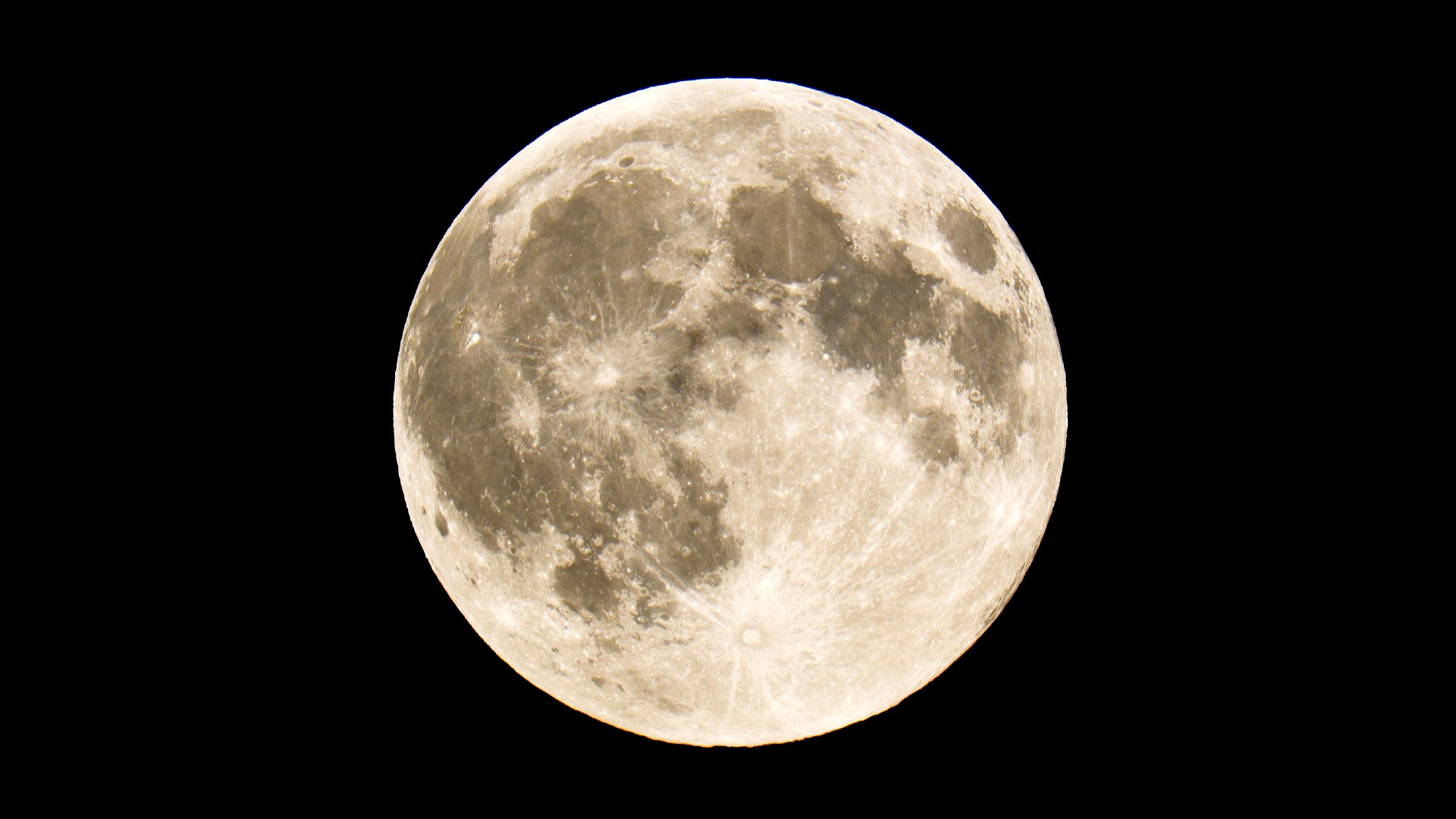
As we step into the year 2026, many of us are eager to understand the celestial events that will unfold, particularly the full moons and new moons that have captivated human imagination for centuries. The study of these lunar phases, often referred to as Fullmoonology, offers insights into the mystical, agricultural, and cultural significance of the moon's cycles. In this article, we'll delve into the calendar of full moons and new moons for 2026, exploring their names, dates, and the profound impact they have on our lives and the environment.
Understanding Full Moons and New Moons
Before we dive into the 2026 calendar, it's essential to grasp the basics of full moons and new moons. A full moon occurs when the moon is on the opposite side of the Earth from the sun, making it fully illuminated by the sun's light. This phase is often associated with completion, celebration, and heightened energy. On the other hand, a new moon happens when the moon is positioned between the Earth and the sun, making it invisible from our planet. This phase is linked with new beginnings, renewal, and setting intentions.
2026 Full Moons Calendar
The full moons of 2026 are not only breathtaking natural spectacles but also carry traditional names that reflect the cultural and seasonal characteristics of the time. Here's a list of the full moons for 2026:
-
January 5, 2026 - Wolf Moon: Marking the beginning of the year, the Wolf Moon is a time for reflection and planning.
-
February 3, 2026 - Snow Moon: This moon is associated with the snowy conditions of February in the Northern Hemisphere.
-
March 6, 2026 - Worm Moon: As the ground thaws, this moon signifies the return of life to the earth.
-
April 4, 2026 - Pink Moon: Named after the pink wild geranium, this moon is a celebration of spring's arrival.
-
May 3, 2026 - Flower Moon: With flowers in full bloom, this moon is a symbol of beauty and abundance.
-
June 2, 2026 - Strawberry Moon: This moon is traditionally associated with the ripening of strawberries.
-
July 1, 2026 - Buck Moon: Named after the buck deer's new antlers, this moon marks the beginning of summer.
-
July 31, 2026 - Sturgeon Moon: This moon is named after the sturgeon fish that were plentiful in the Great Lakes.
-
August 30, 2026 - Blue Moon: Occurring when there are two full moons in a single month, the Blue Moon is a rare and significant event.
-
September 29, 2026 - Harvest Moon: Often the full moon closest to the autumnal equinox, this moon is associated with the harvest season.
-
October 28, 2026 - Hunter's Moon: Following the Harvest Moon, this moon is traditionally linked with hunting to prepare for winter.
-
November 27, 2026 - Beaver Moon: This moon is named after the beavers preparing for winter, signifying industriousness and preparation.
-
December 27, 2026 - Cold Moon: The last full moon of the year, it's a time for contemplation and looking forward to the new year.
2026 New Moons Calendar
The new moons of 2026 offer us moments of renewal and fresh starts. Here are the dates for the new moons:
-
January 20, 2026
-
February 18, 2026
-
March 19, 2026
-
April 18, 2026
-
May 17, 2026
-
June 16, 2026
-
July 15, 2026
-
August 14, 2026
-
September 13, 2026
-
October 12, 2026
-
November 11, 2026
-
December 10, 2026
The full moons and new moons of 2026 are more than just celestial events; they are embedded in our cultural heritage and personal experiences. By understanding and appreciating these lunar cycles, we can deepen our connection with nature and harness the symbolic power of each phase to navigate our lives. Whether you're an astronomer, a spiritual seeker, or simply someone fascinated by the mysteries of the universe, the 2026 calendar of full moons and new moons is a valuable companion for the year ahead. As we embark on this journey through 2026, let the light of the full moon guide us and the darkness of the new moon inspire us to grow and evolve.









